The violence that erupted in northern Amhara during the mid-2021 Tigray counter-offensive was not accidental collateral damage. It was a series of coordinated, brutal operations that resulted in hundreds of civilian deaths, the rape of dozens of women and girls, and the complete depletion of humanitarian supplies and basic services in entire communities.
Independent field investigations detail summary executions in villages and towns, house-to-house gang rapes and widespread looting of homes, hospitals and World Food Program (WFP) warehouses. These are patterns that indicate organized combat units operating with command awareness rather than random acts committed by undisciplined fighters.
A human toll that is stark and verifiable
In the Chenna Teklehaymanot area, investigators and local hospital teams documented roughly 120 to 125 corpses after a five-day occupation in late August through early September 2021. Human Rights Watch (HRW) and the Ethiopian Human Rights Commission (EHRC) reported multiple extrajudicial executions there, while Amnesty documented dozens of sexual assaults in and around the same period.
In Kobo, on September 9, 2021, investigators recorded at least two dozen summary executions and numerous additional killings discovered in mass graves. Amnesty and HRW fieldwork corroborate that victims were executed in and around schools and homes. By late October, in Kombolcha, reports documented more than 100 young men taken from communities and killed during a brief occupation. Additionally, the UN and WFP confirmed a large quantity of humanitarian food stocks were looted, forcing the suspension of life-saving distributions in Kombolcha and nearby Dessie.
Sexual and gender-based violence was not marginal but pervasive. Amnesty’s field teams documented dozens of gang-rape accounts in multiple towns, with one locality reporting between 71 and 73 women raped during a ten-day occupation. Medical interviews recorded severe physical injuries and repeated accounts of assaults carried out in the presence of children and family members. These repeated, ethnically charged abuses — described by survivors as part of a campaign of humiliation and theft — carry the hallmarks of crimes against humanity when considered in aggregate.
Multiple domestic and international bodies have concluded that serious violations occurred on a significant scale. Reporting and the joint EHRC–OHCHR enquiry document on extrajudicial killings, sexual violence and large-scale looting across Amhara and Afar in 2021. The UN’s successive expert reviews have likewise concluded there were “reasonable grounds to believe” different parties committed war crimes and crimes against humanity in the conflict.
These parallel findings matter: they establish a credible evidentiary baseline that any transitional justice architecture must address.
Uneven public narrative and policy response
Global coverage has often foregrounded the siege of Tigray and the suffering there, rightly so, while paying comparatively less attention to the contemporaneous atrocities inflicted on Amhara civilians during the Tigray People’s Liberation Front (TPLF) advance. These reporting imbalances risk skewing accountability and undermining reconciliation. Survivors in Amhara require the same truth, reparation and protection as survivors in Tigray. The records compiled and corroborated by independent nongovernmental organizations (NGOs) and UN offices make clear that recognition and remedy cannot be selective.
From a legal and policy perspective, Ethiopia’s obligations are unambiguous. Domestic law criminalizes murder, rape and looting, and Ethiopia is party to key international treaties — including the Geneva Conventions and major human-rights covenants — that prohibit targeting civilians and pillaging and attacking healthcare or humanitarian operations.
Customary international law and the jurisprudence of international tribunals elucidate that widespread or systematic attacks on civilians can amount to crimes against humanity, and that pillaging humanitarian supplies and sexual enslavement of civilians are war crimes. These are not just abstract technicalities; they define the minimum threshold for any credible justice architecture.
The road to justice in Amhara
Policy implications for Addis Ababa and the international community are urgent and practical. First, Ethiopia must ensure genuinely independent, well-resourced investigations into the most serious incidents in Amhara, including Chenna, Kobo and Kombolcha, and make findings public subject to due process. The Pretoria Peace Agreement’s explicit directive to craft a comprehensive national transitional justice policy provides a legitimate vehicle for such investigations. Still, domestic design must incorporate international best practices and third-party verification to secure credibility.
Second, transitional justice must be victim-centred. This means providing safe mechanisms for testimony, prompt medical and psychosocial assistance for survivors (especially sexual-violence survivors), urgent reparations for material loss (including replacement of looted humanitarian stocks and restitution where practicable) and legal aid for prosecutions.
Donors and UN agencies should prioritize funding for survivor services and forensic and investigative capacities that preserve evidence for future prosecutions. The suspension of WFP distributions after the Kombolcha looting underlines why protecting humanitarian supply chains must be part of accountability and relief planning.
Third, the international community should adopt a calibrated mix of engagement and conditionality that supports national justice reforms while keeping external incentives aligned with accountability. Where national mechanisms falter or are credibly partial, the AU, the UN, the Human Rights Council and willing states should be prepared to support hybrid judicial options or international cooperation regarding prosecutions and evidence preservation.
The aim should not be the punitive marginalization of Ethiopia, but a pragmatic program that ensures nonimpunity while bolstering domestic rule of law. The lapse of mandates for UN expert bodies in the past underscores the danger of political drift when the international community fails to coordinate sustained oversight.
Fourth, reconciliation demands a concerted narrative and civic strategy to counter hate speech and ethnic scapegoating. Policymakers must invest in community-level dialogue, support traditional dispute resolution mechanisms where appropriate and reform media and education to reduce the political currency of dehumanizing rhetoric. Prosecutions alone will not rebuild social trust. The Transitional Justice Policy must therefore combine criminal accountability with truth-telling, memorialization and institutional reforms that address the root drivers of violent identity politics.
Finally, practical safeguards for humanitarian action are nonnegotiable. Humanitarian agencies operating in conflict zones must have firm guarantees of safety, rapid incident reporting and secure logistics. Donor nations should require incident investigations and security improvements as a condition of resumed large-scale programming when looting or intimidation disrupts life-saving assistance.
The Kombolcha suspension was not merely a logistical problem. It was a humanitarian catastrophe that could have been averted with stronger protective measures and rapid international engagement.
Ethiopia’s long-term stability depends on inclusive politics of accountability and recognition. The Amhara atrocities of 2021–22 — as documented in the file and corroborated by Amnesty, HRW, EHRC–OHCHR and UN reporting — are an inescapable part of the country’s recent history and must be addressed with the same seriousness afforded to other victims of the conflict. A balanced, transparent justice process that protects survivors, prosecutes the guilty and invests in social repair offers the only plausible path to a stable, multiethnic Ethiopia in which “never again” applies to everyone.
[Natalie Sorlie edited this piece.]
The views expressed in this article are the author’s own and do not necessarily reflect Fair Observer’s editorial policy.
Support Fair Observer
We rely on your support for our independence, diversity and quality.
For more than 10 years, Fair Observer has been free, fair and independent. No billionaire owns us, no advertisers control us. We are a reader-supported nonprofit. Unlike many other publications, we keep our content free for readers regardless of where they live or whether they can afford to pay. We have no paywalls and no ads.
In the post-truth era of fake news, echo chambers and filter bubbles, we publish a plurality of perspectives from around the world. Anyone can publish with us, but everyone goes through a rigorous editorial process. So, you get fact-checked, well-reasoned content instead of noise.
We publish 3,000+ voices from 90+ countries. We also conduct education and training programs
on subjects ranging from digital media and journalism to writing and critical thinking. This
doesn’t come cheap. Servers, editors, trainers and web developers cost
money.
Please consider supporting us on a regular basis as a recurring donor or a
sustaining member.
Will you support FO’s journalism?
We rely on your support for our independence, diversity and quality.



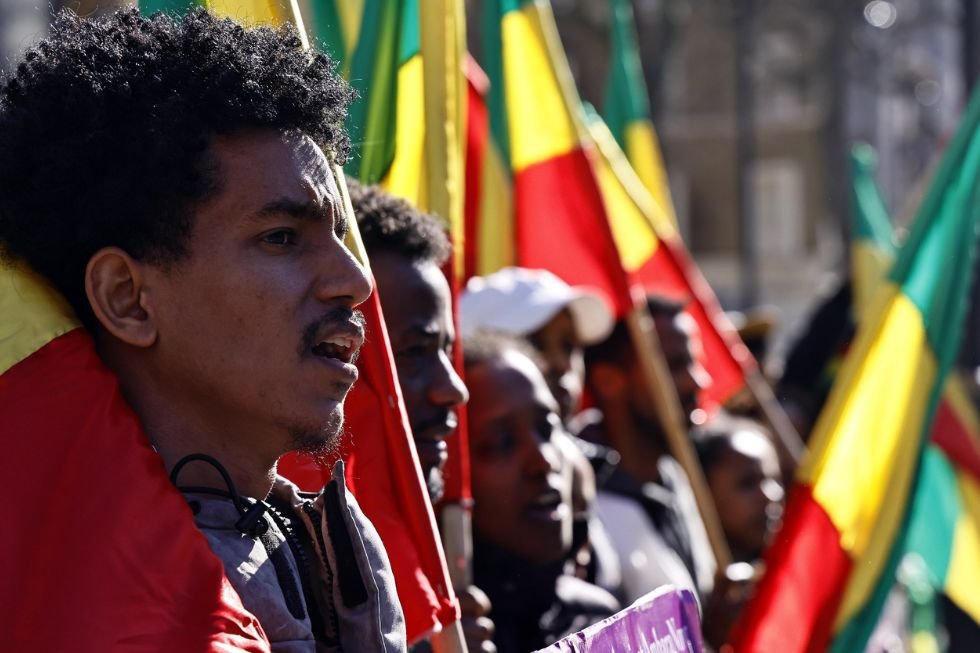
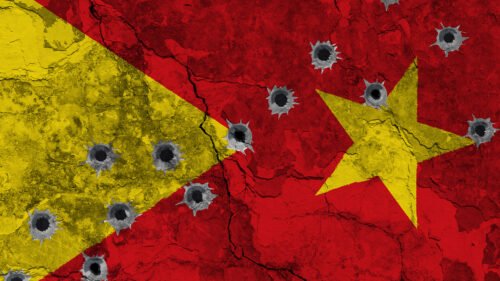
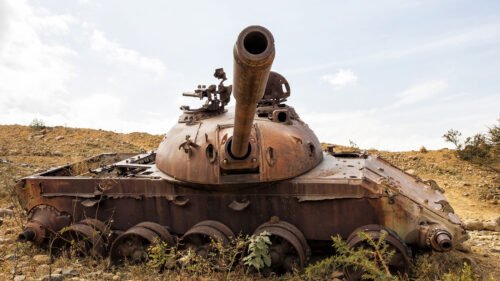
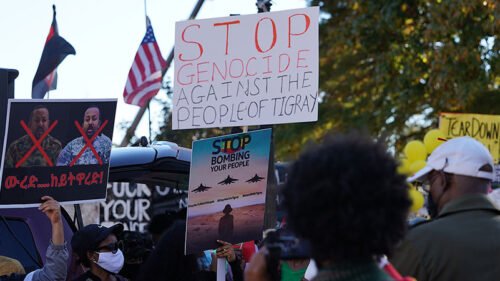
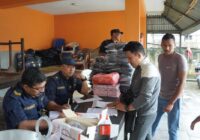

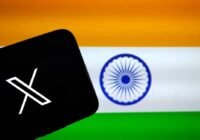


Comment